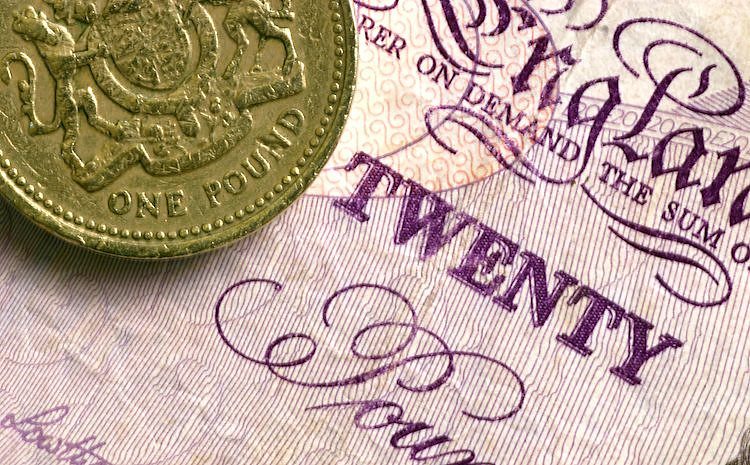The Pound Sterling has outperformed the US Dollar due to upbeat UK employment data, leading to diminished expectations of interest rate cuts by the Bank of England (BoE). The UK’s Unemployment Rate unexpectedly fell to 4.2%, while Average Earnings exceeded expectations. This positive labor market data has contributed to the Pound’s strong performance in the London session. Investors are now awaiting the UK/US inflation data for July, which is expected to be released on Wednesday.
The British currency’s strength against the US Dollar continued into the European trading hours, with the GBP/USD pair reaching a fresh weekly high above 1.2800. Meanwhile, the US Dollar remains stagnant as investors focus on the upcoming US Consumer Price Index (CPI) data for July. Expectations are that the US CPI report will show a slight increase in monthly headline and core inflation. The likelihood of a big interest rate cut by the Federal Reserve (Fed) has decreased, with traders now seeing a 49.5% chance of a 50 basis points cut in September.
The technical analysis for the Pound Sterling indicates a rise towards 1.2800 after a positive divergence formation on a daily timeframe. The pair is building higher lows while the momentum oscillator makes lower lows, signaling a potential uptrend continuation. The 14-day Relative Strength Index (RSI) has shown signs of buying interest at lower levels. The near-term outlook will turn bullish if the GBP/USD breaks decisively above the 20-day Exponential Moving Average (EMA).
The Pound Sterling, as the official currency of the United Kingdom, holds significant importance in the global foreign exchange market. Its value is influenced primarily by monetary policy decisions made by the Bank of England to maintain price stability through inflation targeting. Economic indicators such as GDP, Manufacturing and Services PMIs, and employment data also play a crucial role in determining the strength of the Pound Sterling. Additionally, the Trade Balance indicator, which measures the difference between exports and imports, can impact the value of the currency based on the country’s economic performance in international trade.
In conclusion, the Pound Sterling’s recent outperformance against the US Dollar can be attributed to positive UK labor market data leading to reduced expectations of further interest rate cuts by the Bank of England. With upcoming inflation data releases for both the UK and the US, investors will closely monitor these reports for further insights into the economic outlook of both countries. Additionally, technical analysis suggests a potential bullish trend for the Pound Sterling, pending a decisive break above key resistance levels. Overall, the Pound Sterling remains a key player in the global foreign exchange market, influenced by various economic indicators and monetary policy decisions.
















